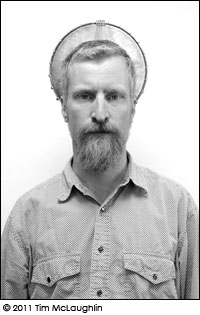Pancho and Sal Pace. Musicians. Taken August 8, 2011
Also known as the Rio Samaya Band, I know of few other people who's lives have been so given up to the Music. Inspired by it, governed by it, constantly following it, drinking it, breathing it in and exhaling it as life.
Pancho and Sal Pace. Musicians. Taken August 8, 2011
While I set up they took out instruments and began to play. I was particularly struck by Manhã de Carnaval. The song was sad and tragic, filled with beauty and rhythm. I had to just listen. I may have set up the room for a photo shoot, but they instantly transformed it into a Brazilian café.
Pancho was born in San Jorge, Argentina. As a young man he moved to Europe. He told me he was fascinated by instruments and always wanted to learn how to play them. Which instruments? I asked. All instruments! he replied. He followed his ambition; to create music and use it as a way to travel the world. After touring many countries, he was a confident troubadour-style musician.
The biography on the Rio Samaya Band page gives more detail: "While playing with Gypsies in the South of France, he learned rumbas and flamenco. His compositions reflect these influences of flamenco and other folk rhythms. After years of exchange with other musicians, his original music has a wide diversity of styles."
"Sal, who was born in England and raised in Canada, met Pancho in Cuzco, Peru, and from then on together as a family and musical duo have established a name for themselves. Sal compliments the music with her vocals, accordion, shakers, chachas, bombo and guitar. They have a unique poetic style of translating simultaneously from Spanish to English."
You can see many of the videos from their concerts at riosamayaband.com. They are presently touring India.



















